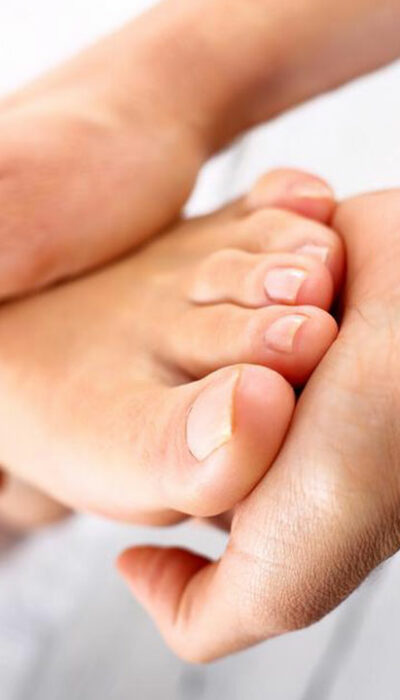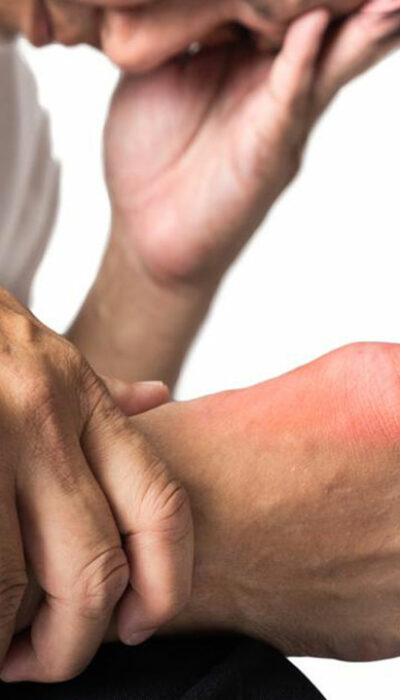
Causes and Relief Measures for Toe Pain
Toe pain has many causes. Since there are many joints in these small digits, any injury can cause acute pain. It is important to find the causes of the pain, before picking the right treatment. Causes of Toe Pain Toe pain can result from a direct injury like a stubbed toe, or it can be the symptom or effect, or other disorders. Gout Gout is caused by high levels of uric acid in the body, which results in the formation of urate crystals. These crystals can get accumulated in the foot and toe joints, causing swelling, redness, and sudden intense pain. Bunion This is a condition that causes deformation of the big toe and results in pain and discomfort. The big toe pushes against the next toe. Eventually, the top of the big toe turns inwards, while the bottom part is pushed out. The most common cause is by wearing shoes that squash the toes. Deformation in Other Toes Each toe in the foot has three joints. The exception is the big toe which has two. Besides bunion, you can also suffer from other toe misalignments like: Hammer Toe: The middle joint in the toe bends down, and pushes that joint up. This commonly occurs in the second toe. Claw Toe: The end and middle joints in the toe bend, and cause curling of the toe, and it is a painful condition. It often affects multiple toes. Mallet Toe: The top joint or distal joint, bend down. This prevents you from stretching the toe as you walk, and causes pain. Tennis Toe and Turf Toe These two conditions often affect sportsmen and others, who indulge in activities that cause constant shock and stress to the feet. Tennis toe is caused by the frequent slamming of the toes against the front edge of the shoes, that you are wearing.










